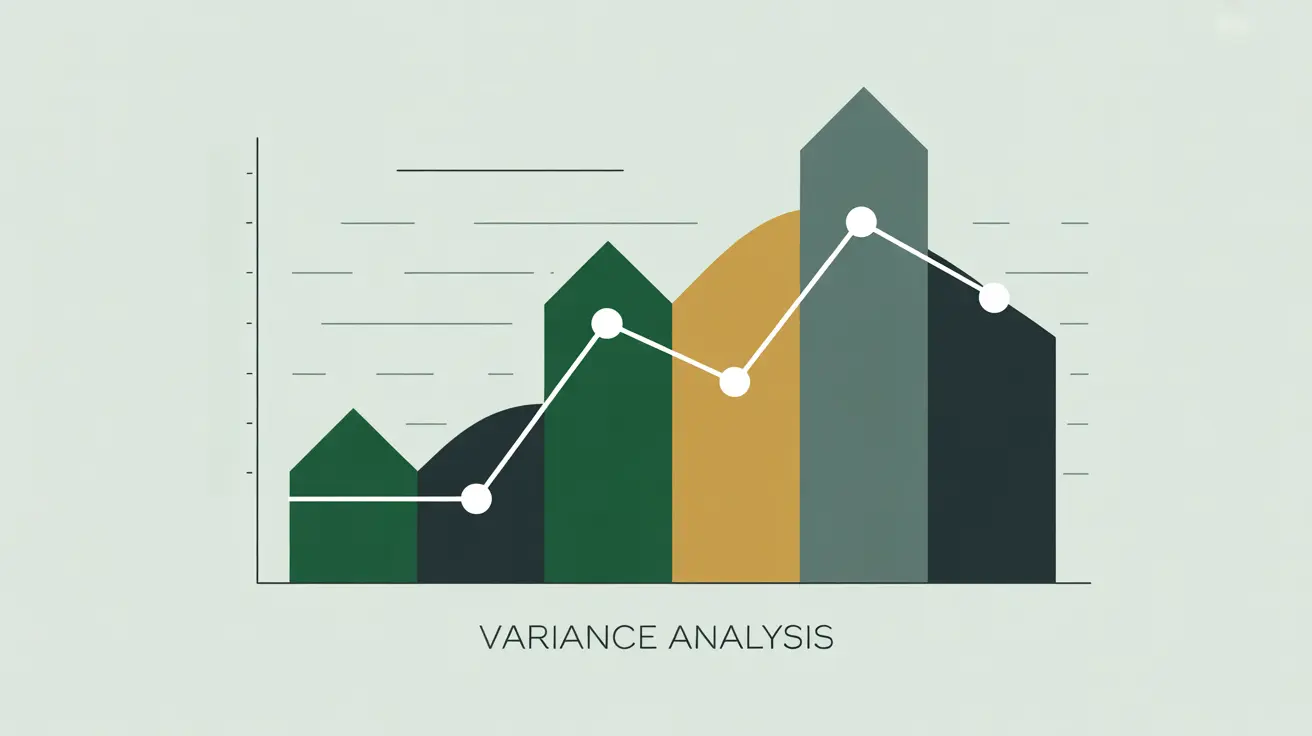Importance of Variance Analysis
Variance analysis helps nonprofits understand the differences between planned budgets and actual financial results. This matters because it enables leaders to identify where spending deviates from expectations, uncover underlying causes, and take corrective action. For nonprofits in social innovation and international development, variance analysis is especially critical when managing donor funds, since it demonstrates accountability and informs adaptive management in dynamic contexts. Boards and donors rely on variance reports to assess whether resources are being used efficiently and aligned with commitments.
Definition and Features
Variance analysis is defined as the systematic process of comparing actual financial performance against budgeted amounts and analyzing the reasons for differences. Key features include:
- Types of Variances:
- Favorable 6 costs lower or revenues higher than budget.
- Unfavorable 6 costs higher or revenues lower than budget.
- Categories: personnel, travel, supplies, grants, indirect costs, or revenue lines.
- Drivers: timing issues, inaccurate assumptions, unforeseen events, or program changes.
- Frequency: often conducted monthly or quarterly, depending on organizational needs.
Variance analysis differs from simple budget-to-actual comparisons by requiring explanation and interpretation, not just reporting numbers.
How This Works in Practice
In practice, nonprofits conduct variance analysis as part of financial management cycles. For example, if travel expenses are 20% higher than budget, the analysis may reveal expanded program activities or increased airfare costs. Finance teams collaborate with program managers to explain variances, distinguish between timing issues and structural problems, and recommend adjustments. Variance reports are often presented to boards or donors, especially when thresholds for approval are exceeded. Many organizations also use variance analysis to inform forecasting and re-budgeting throughout the year.
Implications for Social Innovation
For nonprofits in social innovation and international development, variance analysis strengthens financial transparency and adaptive decision-making. Transparent reporting reduces information asymmetry by showing stakeholders not just where numbers differ but why. Donors gain confidence when organizations can explain variances clearly and demonstrate responsiveness. Internally, variance analysis supports learning by helping teams refine assumptions, improve forecasting, and adjust programs to realities on the ground. By embedding variance analysis into regular financial practice, nonprofits can build credibility, improve efficiency, and ensure resources are deployed strategically to maximize impact.







